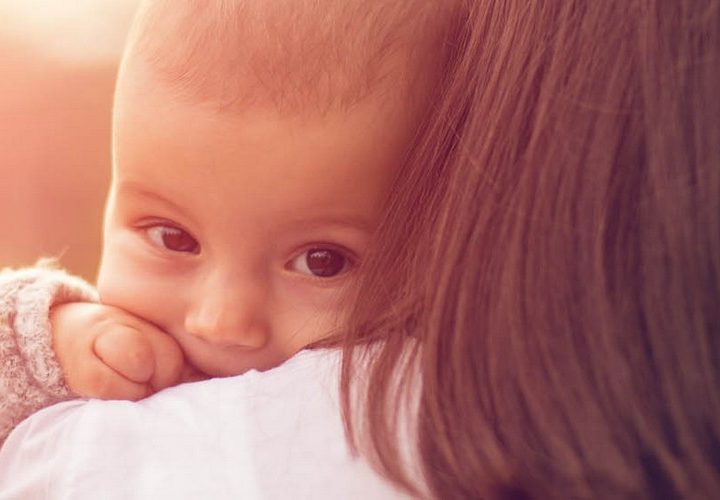This blog follows on from ‘Shaken Baby Syndrome’
- Subdural Haemorrhage
In shaken baby syndrome, subdural hematoma (SDH) is the first limb of the ‘triad’ of symptoms. Arguably it may be considered the most serious.
A subdural hematoma is a collection of blood outside the brain between the dura and the arachnoid layer. In other words, blood collects between the skull and the surface of the brain
The pressure inside the skull rises which can then cause damage to brain tissue. Blood flow to the brain is restricted. The subdural hematomas constantly grow as a result of the pressure on the brain. The child may as a result suffer loss of consciousness, headache, loss of muscle control or seizures.
- Retinal haemorrhage (RH)
For many years the relationship between retinal haemorrhage (RH) and the shaken baby syndrome (SBS) has been accepted as fact and makes up the second limb of the ‘triad’ of symptoms.
The retina is a multi-layered organ which lines the inside of the eye. It extends from the optic nerve to behind the iris. Bleeding may occur in between the retinal layers when the baby suffers repeated acceleration-deceleration with or without a blunt head impact.
Repetitive acceleration-deceleration forces can be sufficient to allow the vitreous to pull on the retina, leading to splitting of retinal layers.
When evaluating a child with RH, all differential diagnoses should be considered before concluding that the cause is abuse. The child, for example, might have increased intracranial pressure unrelated to child abuse. Retinal haemorrhage has also been reported with birth, accidental trauma, cardiopulmonary resuscitation, increased intracranial pressure, coagulopathy and many other diseases.
- Hypoxaemic encephalopathy (brain swelling)
The final limb of the’ triad’ is Hypoxaemic encephalopathy which is damage affecting brain function. It is caused by a disturbance to the brain (known as encephalopathy). This disturbance can be caused by a lack of oxygen or a lack of blood to the brain, or both which affects the brain’s function.
Many doctors and local authorities often take the view that the presence of any one of these three injuries, whilst not absolute proof of shaking, is indicative of non-accidental injury. Despite this, there are many other ways that the above injuries can be caused as well as the belief that shaking alone could not cause the ‘triad’ of injuries alone.
If you are accused of harming your child it is extremely important that you seek legal advice at the earliest possible opportunity. A solicitor with expertise in this area will be able to advise and assist you on the way forward through potential court proceedings. Do not hesitate to make contact with our experienced family law department on 0845 287 0939 for any family law matters you may be experiencing.
Look out for our next blog: ‘Shaken Baby Syndrome- The Controversy’.






